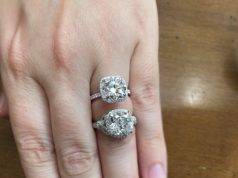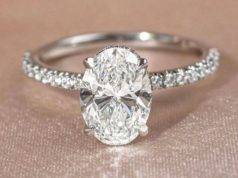Raised garden beds have become increasingly popular in recent years as more people discover the benefits of gardening. Not only do raised garden beds make it easier to grow plants, but they also offer a range of other benefits, such as better drainage, improved soil quality, and easier access for gardening. If you are looking to make your garden beauty more appealing then try to use these tools also: garden box, raised garden bed plans, raised bed and raised planter boxes.
Why Wood is a Popular Choice for Raised Garden Beds
Wood is a popular choice for raised garden beds for several reasons. First and foremost, wood is a natural material that in well with most garden designs. Secondly, wood is relatively inexpensive and simple to use, making it a popular DIY option gardeners.
Types of Wood for Raised Garden Beds
There are several options to consider but the most popular types are below:
- Cedar: Cedar is a popular choice for garden beds because of its natural resistance to rot, decay, and insects. Cedar also has a pleasant aroma that can repel insects, making it an ideal choice for organic gardeners. Cedar is also It is light and easy to use, making it a popular choice for home improvement projects..
- Redwood: Redwood is another popular choice for raised garden beds because of its natural resistance to decay, rot, and insects. Redwood is also a durable and long-lasting material that can withstand the elements and resist warping and cracking.
- Pine: Pine is a less expensive option for raised garden beds, but it is still a popular choice because of its affordability and availability. Pine is also easy to work with and has the ability to be stained or painted to match your garden design.
- Douglas Fir: Douglas fir is a popular choice for raised garden beds because of its durability and strength. Douglas fir is likewise impervious to rot and rot, making it a long-lasting choice for gardeners.
Tips for Choosing the Right Wood for Your Raised Garden Bed
With regards to picking the right wood for your raised garden bed, there are a few important things to keep in mind.
- Consider the location: Consider the location of your garden bed and choose a wood that is appropriate for the climate and conditions.
- Choose a non-toxic wood: Choose a wood that is non-toxic and safe for growing edible plants. Avoid using treated wood or wood that has been treated with harmful chemicals.
- Consider the size of the bed: Consider the size of your garden bed and choose a wood that is appropriate for the size and weight of the bed. For larger beds, choose a wood that is strong and durable.
- Choose a wood that is easy to work with: Choose a wood that is easy to work with and can be cut and shaped to fit your garden design.
Maintaining Your Raised Garden Bed
Once you have chosen the right wood for Your raised garden bed is essential to maintain the bed to ensure its longevity. Here are some tips for maintaining your raised garden bed:
- Apply a protective finish: To further protect your raised garden bed, consider applying a protective finish such as a sealant or stain. This can help to prevent moisture damage and insect infestations. When selecting a finish, make sure to choose a non-toxic option that is safe for use in a garden environment.
- Regularly inspect the bed: Regularly inspect your raised garden bed for any signs of wear and tear, rot, or insect damage. Catching any issues early can help to extend the life of your garden bed.
- Replace damaged boards: If you notice any boards that are damaged beyond repair, replace them as soon as possible.
- Clean the bed: Before each planting season, make sure to clean your raised garden bed by removing any debris or leftover plant material.
How to select the right kind of wood for your raised garden bed is an important decision that can impact the longevity and health of your plants. When selecting wood, consider factors such as durability, sustainability, and resistance to rot and insects. Cedar and redwood are popular choices due to their inherent resistance to insects and rot, in contrast to pressure-treated lumber can be a more cost-effective option.











